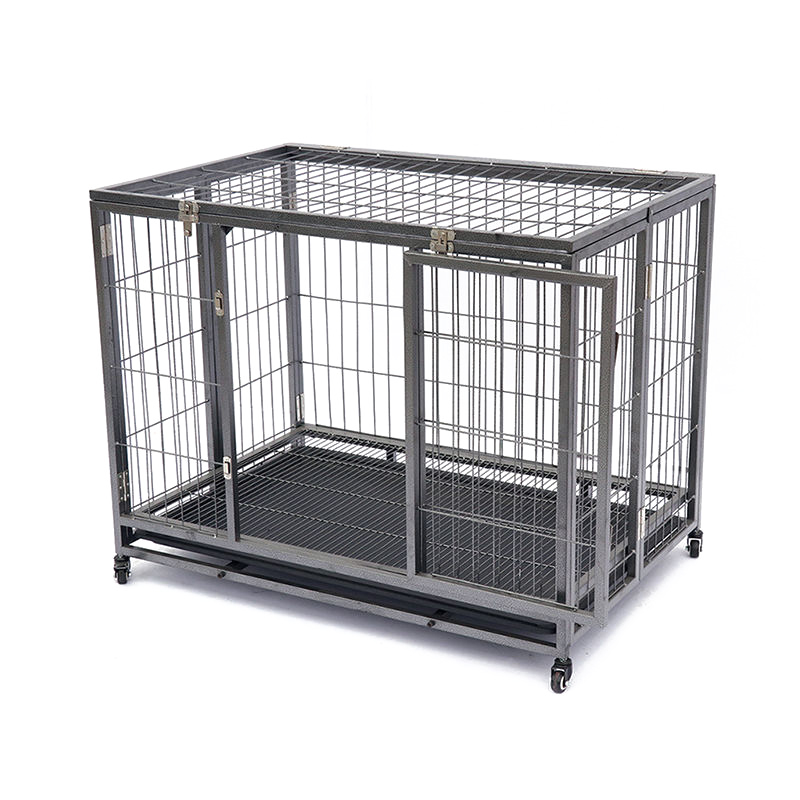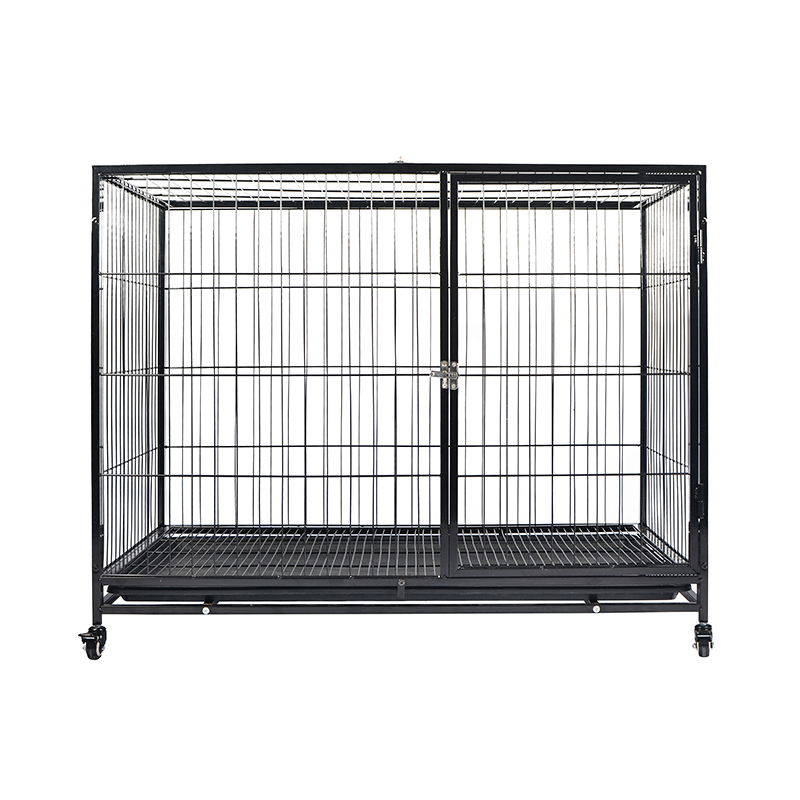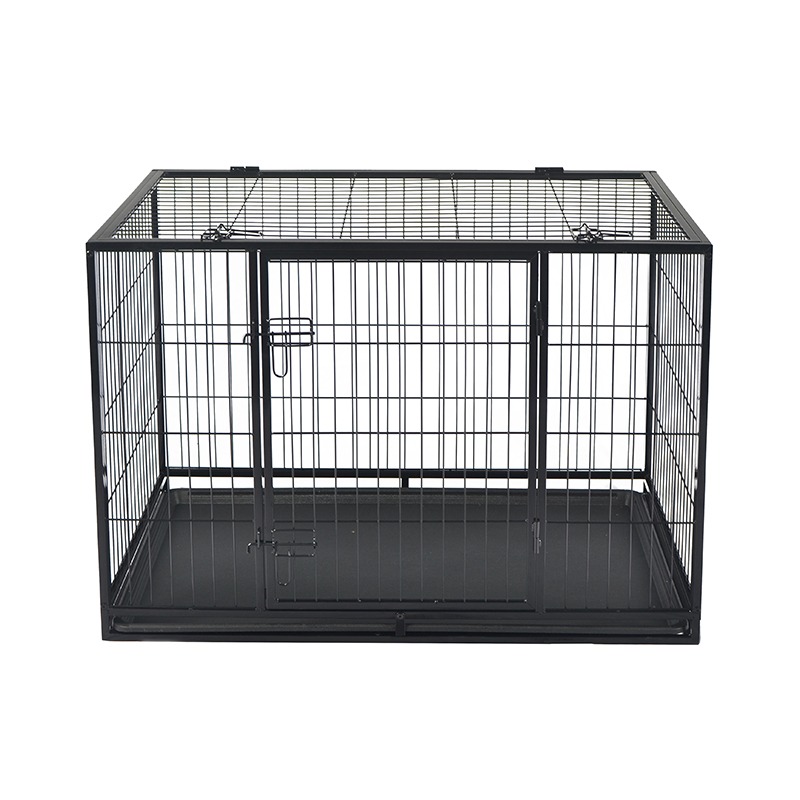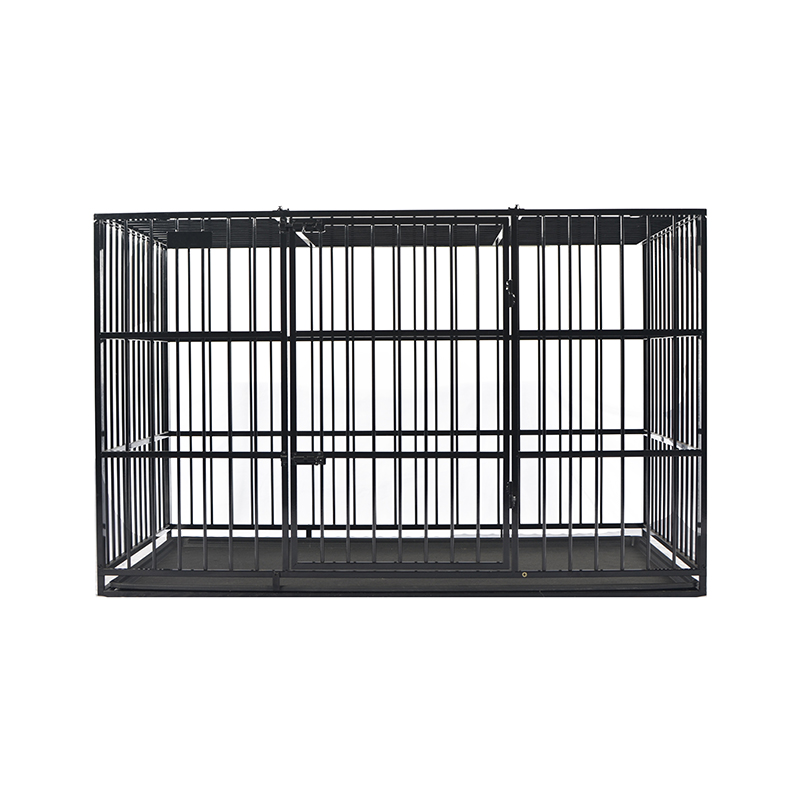How to Determine the Load‑Bearing Capacity of a Cat Tree?
1.Material Strength
Solid wood or high‑density engineered board: The main of Cat tree frame uses thick wood or high‑density panels, which have excellent compressive and bending resistance. Solid wood’s natural fiber structure can support the weight of an adult cat (approximately 4–6 kg) and even multiple cats.
Covering fabrics: Plush, carpet, or faux‑leather layers only add slip‑resistance and comfort, having negligible impact on overall load capacity.
2.Structural Design
Wide base + multiple support columns: A large‑area base and numerous columns distribute weight evenly to the floor, preventing localized overload that could cause deformation.
Inter‑level connections: Screws or mortise‑and‑tenon joints ensure smooth load transfer between levels, avoiding reduced capacity due to loosened connections.
3.Practical Testing Methods
Static load test: Incrementally place known weights on a platform until noticeable deformation or loosening occurs, establishing the safe load limit.
Dynamic load test: Simulate a cat’s jumps and climbs to assess the platform’s stability under sudden impact forces.
Based on these factors, cat trees produced by Fujian Pet Home Co., Ltd. are designed to safely support at least 8 kg per platform, comfortably meeting the daily needs of typical household cats.
How Stability and Safety of a Cat Tree Are Ensured?
1.Base Design
Widened base: The Cat tree's base width exceeds one‑third of the overall height, creating a low‑center‑of‑gravity structure that markedly improves anti‑tipping performance.
Non‑slip pad: A rubber or anti‑slip pad on the bottom increases friction with the floor, preventing movement on smooth surfaces.
2.Support System
Multiple vertical columns: Each platform is supported by several vertical columns, forming a “truss‑like” load network that spreads weight and enhances overall rigidity.
Cross‑bracing: Some models add diagonal braces or metal frames between columns, further boosting resistance to lateral forces.
3.Connection Quality
High‑strength screws/bolts: All joints use rust‑resistant screws, ensuring they remain tight over long periods of use.
Mortise‑and‑tenon joints: Critical load‑bearing areas employ traditional mortise‑and‑tenon construction, increasing the contact area and preventing loosening that could compromise stability.
4.Surface Treatment and Safe Materials
Non‑toxic finish: Wood surfaces are coated with environmentally‑friendly, internationally certified paints that do not emit harmful gases.
Sisal scratching poles: Natural sisal is durable and does not shed, avoiding the risk of broken fragments injuring the cat.
5.Quality Inspection
Pre‑shipment inspection: Every cat tree undergoes comprehensive testing for structural strength, joint tightness, and surface safety before leaving the factory.
International certifications: Products comply with global pet‑product safety standards , ensuring safety compliance in worldwide markets.
Whether you want to become our partner or need our professional guidance or support in product selections and problem solutions, our experts are always ready to help within 12 hours globally.
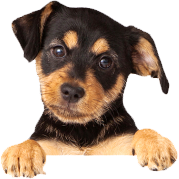 CONTACT US
CONTACT US


 EN
EN
 English
English 中文简体
中文简体



